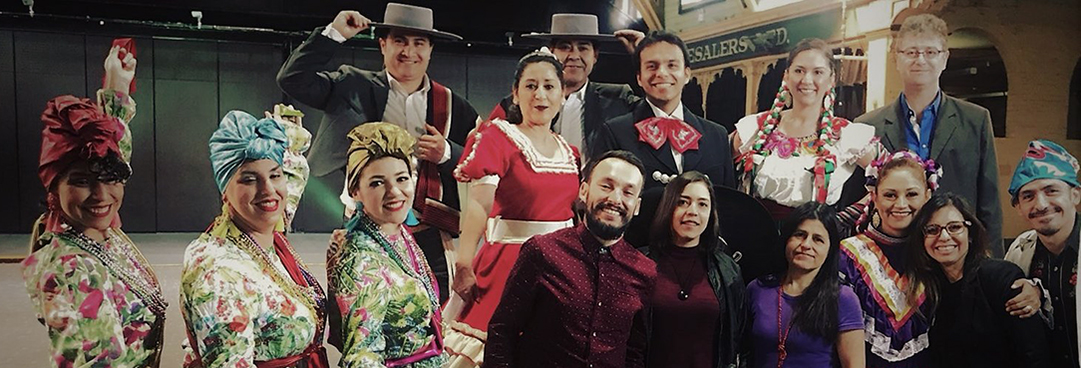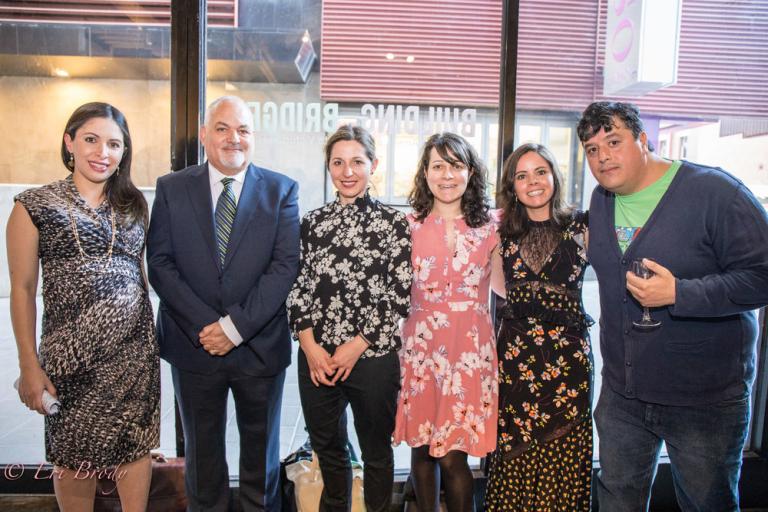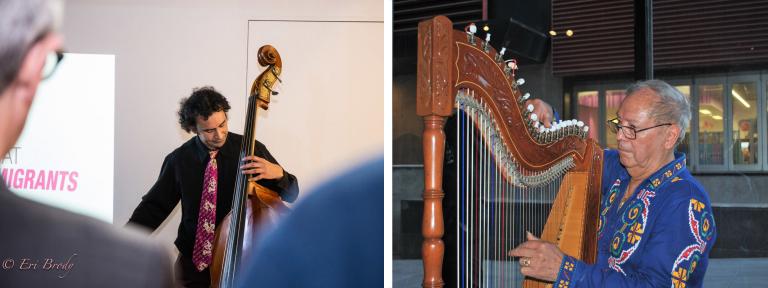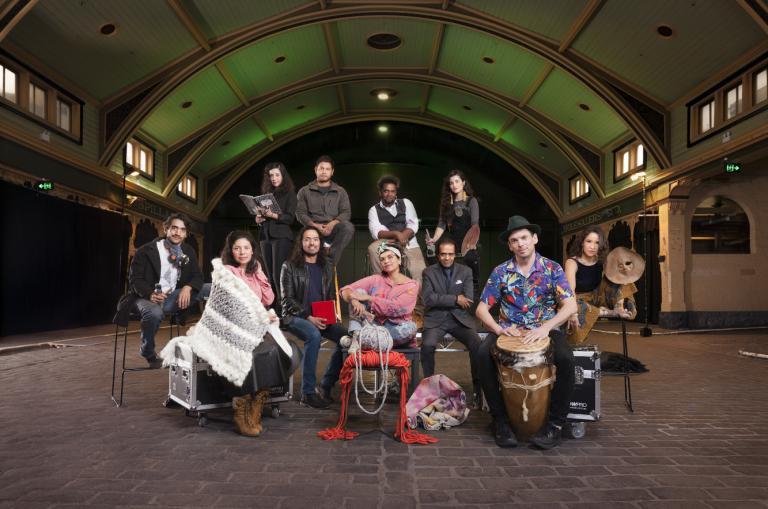
Author: Natasha Cantwell
Communications & Public Programming Officer
When Trini Abascal arrived in Australia 13 years ago she fell in love with Melbourne, its parks, work-life balance, multiculturalism and “the possibilities of being whoever you wanted to be”. But navigating the cultural and language differences between Mexico and Australia was often challenging without a support network, so in 2015 Trini founded Latin Stories Australia with fellow Latin American migrant Cristina Abela. Together they collected migrant stories that would both inspire new arrivals and raise the visibility of their communities to the wider Australian public. I talked to Trini about one of Latin Stories Australia’s major projects Building Bridges, which received funding through a Local History Grant and a commendation in the 2019 Victorian Community History Awards.
A community effort
Building Bridges is truly the effort of a whole community. The exhibition (which ran for two weeks at No Vacancy Gallery in Melbourne’s CBD) was made possible thanks to the 400 people who shared stories online, 140 participants in the photo shoots and over 60 people who donated objects for the display. This incredible demonstration of public engagement represents the many different voices across Victoria’s Latin American community and showcases what has always been at the heart of Latin Stories Australia, which is to build connections through storytelling. Trini explains that this focus on storytelling was not a conscious decision, but rather it happened organically and now she loves that everyone finds something different to connect with in each story: “It’s so funny how people can relate to some segment of the story that maybe you didn’t notice or wasn’t what struck you the most.”
And audiences found plenty to connect with in Building Bridges. According to Trini it helped to “create a sense of community and make people feel proud. For us, it is key to do this so other members of the community can get inspired to follow their own path and dreams.” This feeling of pride was evident in the electric atmosphere of the opening night, with 200 guests packing the gallery, and live music by Paraguayan harpist Alfirio Cristaldo and Chilean double bass player Pedro Fuentes. But equally important was reaching a wider audience because as Trini notes, “Our community is not very visible in the Victorian history. I’ve encountered people who did not know anything about Latin America and have never met a Latin American person. So the exhibition is also for the non-Latinos, to increase their knowledge about us and how we are currently making history.”
Celebrating multiculturalism
One reason that the Latin American community doesn’t have a big presence in Victoria is because immigration from Central and South America and the Caribbean really only started in the 1970s. This is due to the racist immigration policies that Australia introduced in 1901, known collectively as the ‘white Australia policy’. They aimed to give preference to British migrants and forbid people of non-European ethic origin from settling here altogether. It wasn’t until 1973 that these policies were fully dismantled, paving the way for a Victoria that embraces diversity. Trini mentions that the exhibition “is a way to demonstrate the success of the multicultural policies which started when the white Australia policy was abolished.”
Reading through the migrants’ personal stories that were collected online for Building Bridges, you get a sense that Victoria’s multiculturalism is one of its greatest assets. When asked what they love most about their new home, many people talk about the cultural diversity, the opportunities to learn about different cultures and a feeling that everyone is welcome here.
Victoria’s Latin American community may only have a 50 year history, but during this time they have contributed across a wide range of areas. Building Bridges aimed to convey this diversity through a series of group portraits, covering everything from music, festivals and food, to business, science and sport. The participants were encouraged to bring with them items representing their individual experiences and the resulting images are a celebration of both unity and personal expression.
Highlighting migrant stories
The physical exhibition may have finished, but highlights can be viewed on the Latin Stories Australia website and the team have been busy on many new projects, including the documentary film Nuestras Voces (Our Voices) which tells the emotional stories of Spanish-speaking migrants who arrived in Victoria between the 1960s and the 80s. The film played around the country at the 2022 Spanish Film Festival and next year will be available to view online at the Latin Stories Australia website.
Latin Stories Australia is constantly coming up with creative ways to bring migrant stories into the light because Trini and her team “believe in the importance of celebrating our recent histories and acknowledging the contributions individuals and communities have made to this place we all now call home.”
Trailer for Nuestras Voces, directed by Diana Paez, produced by Latin Stories Australia.
The 2022 - 2023 round of Local History Grants is currently open for applications. We’re looking for community projects that preserve, record and share the diverse histories across Victoria. Follow the link for more information: prov.vic.gov.au/community/grants-and-awards/local-history-grants-program
Material in the Public Record Office Victoria archival collection contains words and descriptions that reflect attitudes and government policies at different times which may be insensitive and upsetting
Aboriginal and Torres Strait Islander Peoples should be aware the collection and website may contain images, voices and names of deceased persons.
PROV provides advice to researchers wishing to access, publish or re-use records about Aboriginal Peoples



